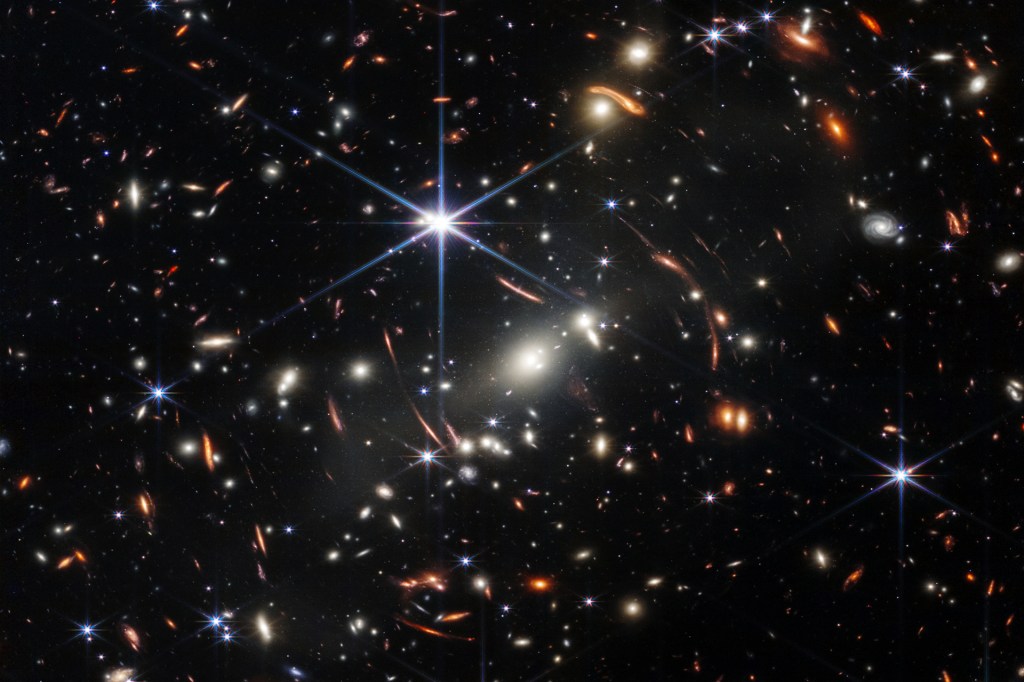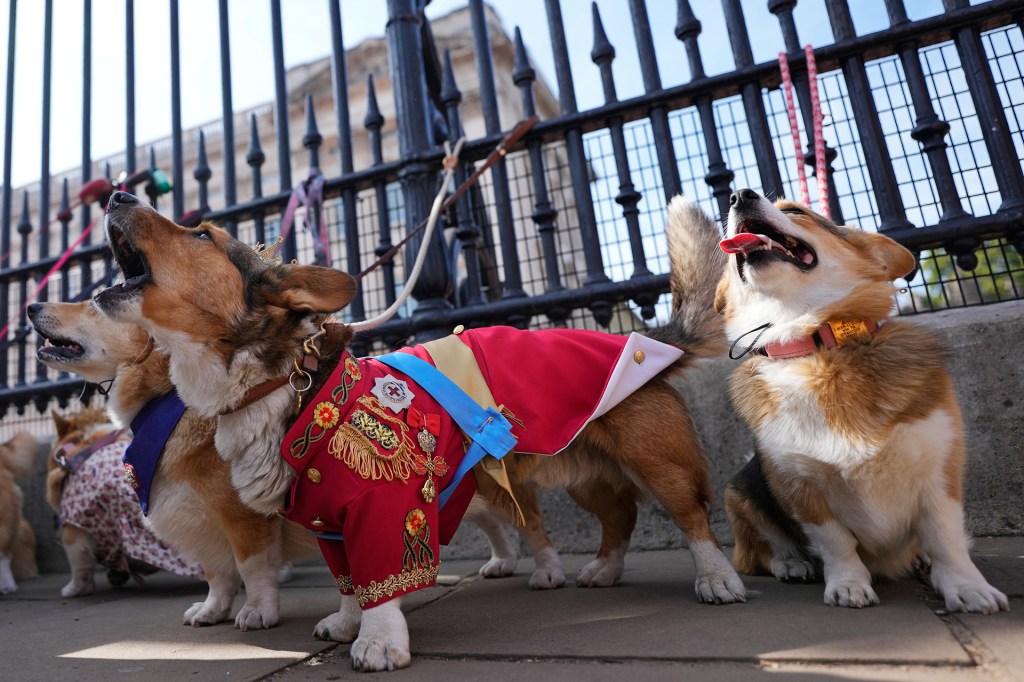Seeing into Space
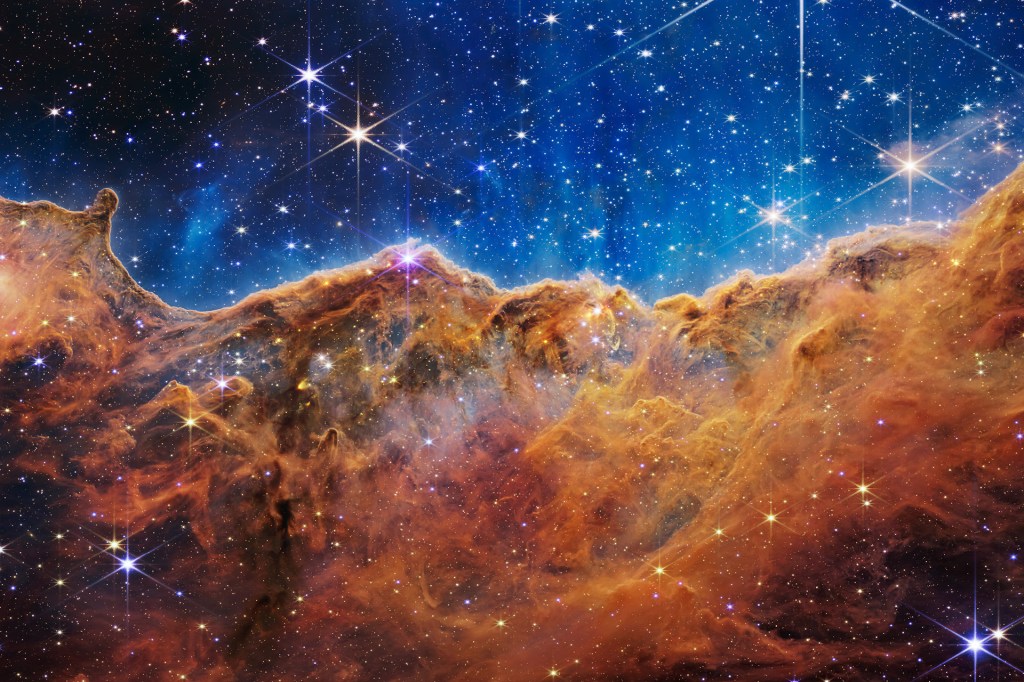
For 26 years, the NASA scientists behind the James Webb Space Telescope have been asking for three things: patience, time, and money. In 1996, a group of astronomers proposed a space telescope that would be able to peer 13.6 billion light-years
light-year
 VW PICS—GETTY IMAGES
the distance that light travels in a year, about 6 trillion miles
(noun)
The light from Alpha Centauri takes more than four light-years to reach us.
away. It would be ready to launch by 2007, they promised, and carry a price tag of just $500 million. That’s cheap for a space telescope.
VW PICS—GETTY IMAGES
the distance that light travels in a year, about 6 trillion miles
(noun)
The light from Alpha Centauri takes more than four light-years to reach us.
away. It would be ready to launch by 2007, they promised, and carry a price tag of just $500 million. That’s cheap for a space telescope.
It didn’t work out that way. The telescope didn’t launch until December 25, 2021. And the $500 million cost? That ballooned to $10 billion. But one promise remained the same: Images from the new telescope would be spectacular.
This past summer, that promise was kept. At the Goddard Space Flight Center, in Greenbelt, Maryland, NASA unveiled
unveil
 HISPANOLISTIC—GETTY IMAGES
to show something to others for the first time
(verb)
The family was excited when their new car was unveiled.
new images captured by Webb. One showed a never-before-seen exoplanet. (An exoplanet is a planet that circles a star other than our sun.) Webb also captured a picture of SMACS 0723. That’s a swarm of thousands of galaxies. This picture was revealed at the White House, by President Joe Biden and NASA administrator Bill Nelson, on July 11. “These images are going to remind the world that America can do big things,” Biden said. “There’s nothing beyond our capacity.”
HISPANOLISTIC—GETTY IMAGES
to show something to others for the first time
(verb)
The family was excited when their new car was unveiled.
new images captured by Webb. One showed a never-before-seen exoplanet. (An exoplanet is a planet that circles a star other than our sun.) Webb also captured a picture of SMACS 0723. That’s a swarm of thousands of galaxies. This picture was revealed at the White House, by President Joe Biden and NASA administrator Bill Nelson, on July 11. “These images are going to remind the world that America can do big things,” Biden said. “There’s nothing beyond our capacity.”
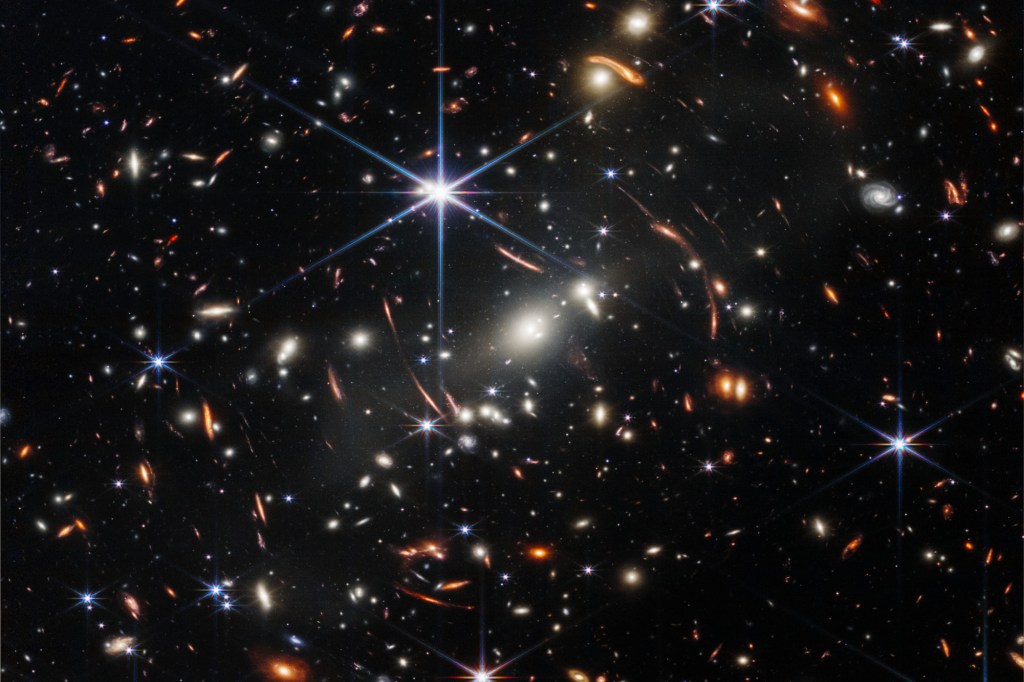
TWINKLE, TWINKLE This is the first image released from the James Webb Space Telescope. It shows the galaxy cluster SMACS 0723.
NASA/ESA/CSA/STSCLIncredible Images
Most people have never heard of the objects captured in images by the Webb telescope. But now these things will have a place in history. In addition to the exoplanet, named WASP-96 b, and SMACS 0723, the photos show the Carina Nebula, the Southern Ring Nebula, and Stephan’s Quintet. “Every light we see here is an individual star, not unlike our sun, and many of these likely also have planets,” said deputy project scientist Amber Straughn as she showed off the Carina image.
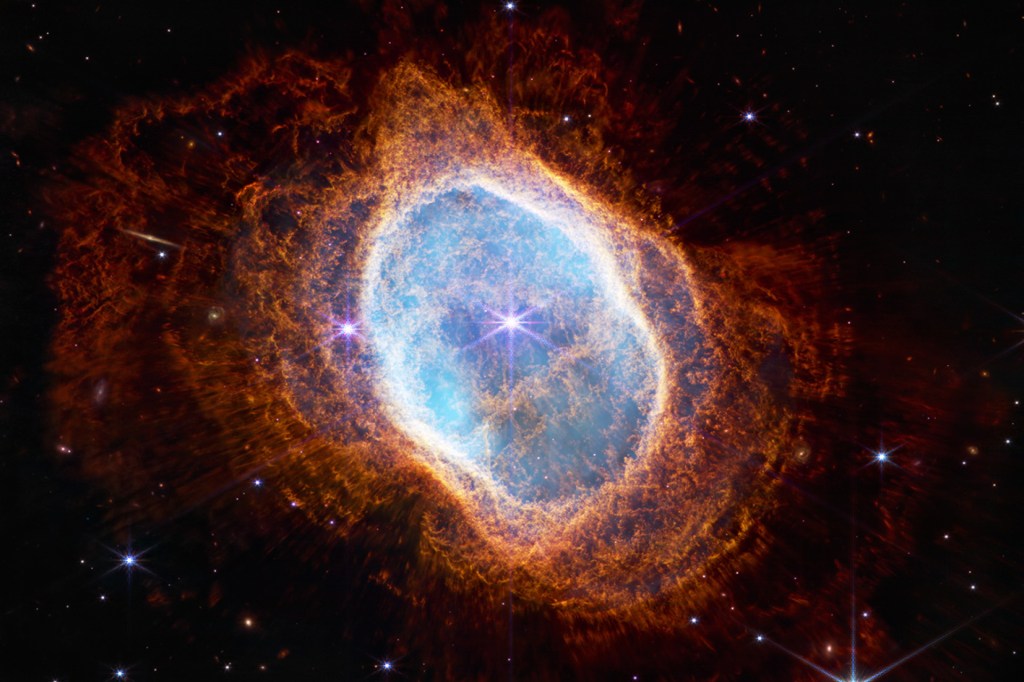
SHINING BRIGHT The Southern Ring Nebula is 2,500 light-years from Earth. The star at its center is ringed by gas and dust.
NASA/ESA/CSA/STSCL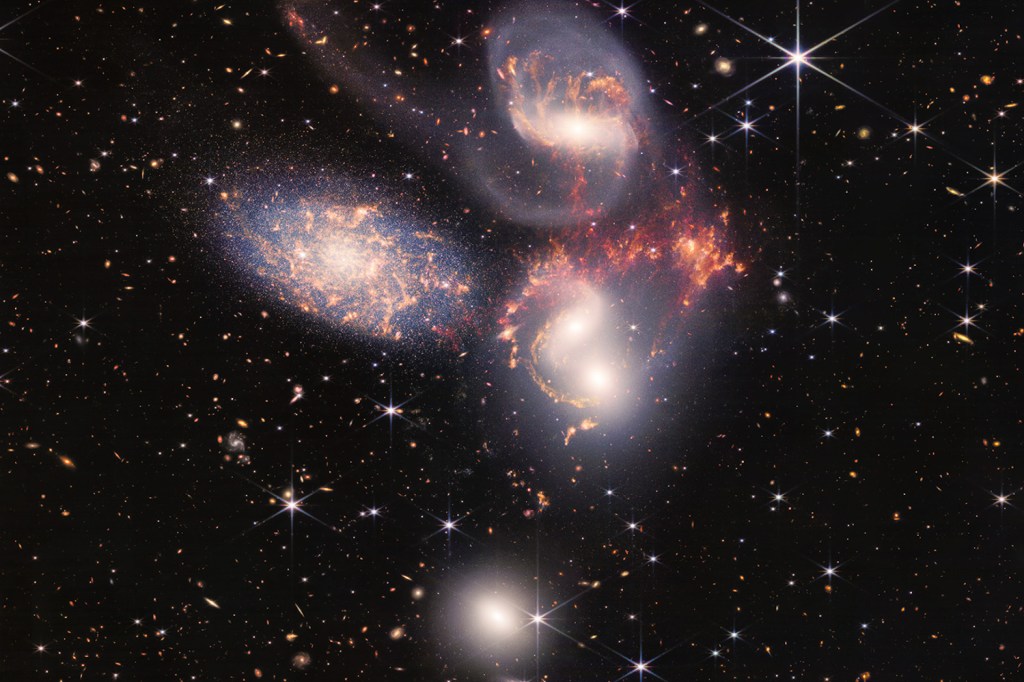
HIGH FIVE Stephan’s Quintet is a group of five galaxies. Can you spot them in this image from the Webb Space Telescope?
NASA/ESA/CSA/STSCLWASP-96 b will probably cause the greatest excitement. Until now, exoplanets were hard to see. Webb’s image shows that the atmosphere of WASP-96 b is rich in water, a key ingredient for life.
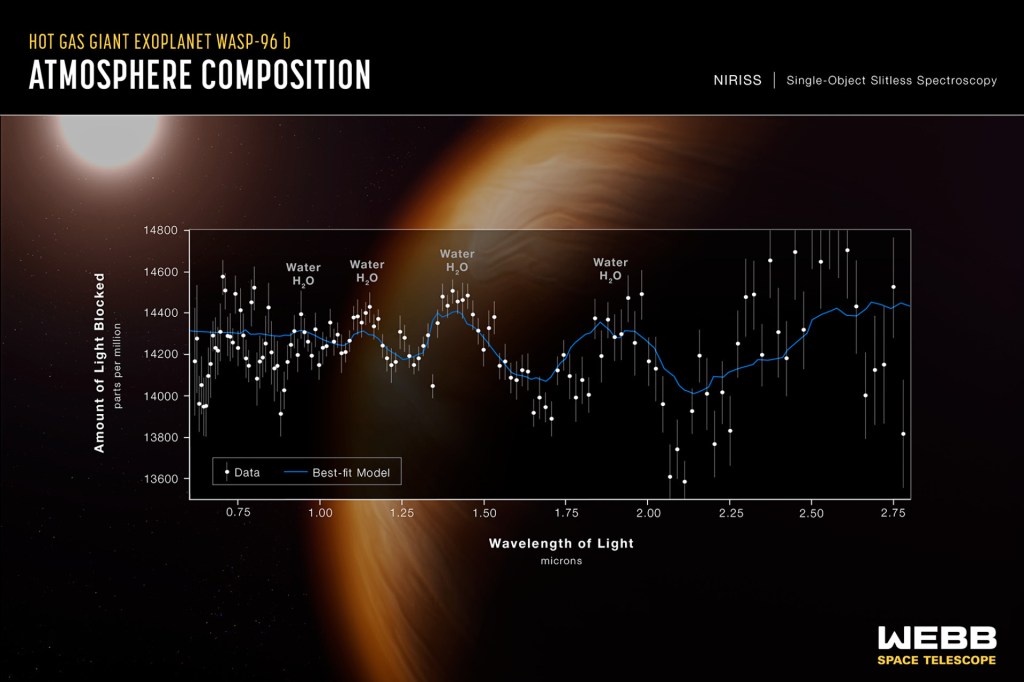
WATER WORLD This graph gives information about the exoplanet WASP-96 b. Four points on the graph show water, a key ingredient for life.
NASA/ESA/CSA/STSCLA New Kind of Telescope
The farther into space a telescope can peer, the further back in time it is looking. That’s because light from distant objects takes many years to reach us. What we see of a galaxy 13.6 billion light-years away is not how it looks today. It’s how it looked 13.6 billion years ago, when the universe was new.
Webb can see about 200 million light-years deeper into space than the Hubble Space Telescope can. (Hubble launched in 1990, and is still active.) That might not seem like much. But a lot happened in the universe during those 200 million years. “The difference between what Hubble and Webb [see] is not like comparing someone who’s 70 years old to somebody who’s 71,” says Scott Friedman, an astronomer on the Webb team. “It’s like comparing a baby who’s [a] day old to a baby who’s [a] year old. That’s a huge difference.”
Nelson is excited about what else Webb will reveal. Talking about the telescope, he used a quote associated with scientist Carl Sagan: “Somewhere, something incredible is waiting to be known.”
Discovery Machine

The James Webb Space Telescope is the most powerful telescope ever launched. Some of that power comes from its giant mirror. Webb’s primary mirror is more than 21 feet wide. It’s made up of 18 smaller mirrors. They’re arranged in a honeycomb pattern. Webb’s mission will last 20 to 25 years. Its massive mirror will allow us to see farther into space than ever before. At right, the primary mirror is on display at NASA’s Goddard Space Flight Center in November 2016.






